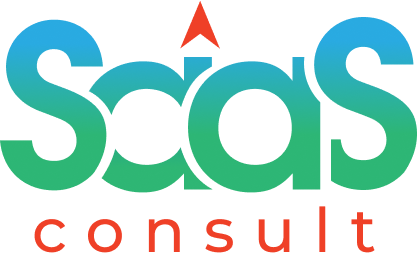What is Customer Acquisition Cost (CAC)
Customer Acquisition Cost (CAC) is a metric that measures the average cost a business incurs to acquire a new customer. It is calculated by dividing the total cost of acquiring customers (including marketing and sales expenses) by the number of new customers acquired within a specific period.
CAC is an important metric for businesses as it helps them assess the efficiency and profitability of their customer acquisition efforts. By understanding how much it costs to acquire customers, businesses can make informed decisions about their marketing and sales strategies, allocate resources effectively, and optimize their return on investment.
To calculate CAC, add up all the costs associated with acquiring customers, including marketing campaigns, advertising expenses, sales team salaries, commissions, software tools, and any other relevant costs. Then, divide this total by the number of new customers acquired during the same period.
For example, if a company spends $10,000 on marketing and sales efforts in a month and acquires 100 new customers during that period, the CAC would be $100 ($10,000/100).
A low CAC is generally desirable as it indicates that a business is acquiring customers at a relatively low cost. However, it’s important to consider the lifetime value of customers (LTV) in relation to CAC. If the cost of acquiring customers exceeds their lifetime value, it may not be sustainable in the long run.
To optimize CAC, businesses can employ several strategies:
1. Targeted Marketing: Focus on reaching the right audience through precise targeting. This helps minimize costs associated with reaching uninterested or irrelevant prospects.
2. Conversion Rate Optimization: Improve the conversion rates of marketing and sales channels to maximize the number of leads or prospects that convert into paying customers. This can be achieved through website optimization, persuasive messaging, and streamlined sales processes.
3. Customer Retention: Retaining existing customers reduces the need to constantly acquire new ones. Providing excellent customer service, loyalty programs, and personalized experiences can contribute to higher customer retention rates.
4. Referral Programs: Encourage existing customers to refer their friends and colleagues to the business. Referrals often have lower acquisition costs and higher conversion rates.
By carefully tracking and analyzing CAC, businesses can make data-driven decisions, identify areas for improvement, and allocate their resources effectively to acquire customers at a reasonable cost.

